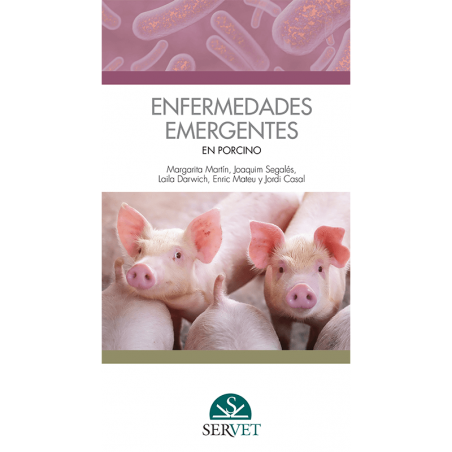The pork industry has spent millions to better understand viruses, however, it is often bacteria that kills the pig. In addition, current biosecurity practices are primarily devised to keep viruses out and potentially fail to address the endemic nature of bacteria in a herd. To go along with the Swine Health Information Center's (SHIC) Swine Disease Matrix, a prioritized list of endemic and foreign swine viruses, a Bacterial Swine Disease Matrix has been developed. This new tool will guide a focused look at the US pork industry's highest bacterial risks, while SHIC continues to remain focused on emerging viral pathogens. Both are important tools and part of SHIC's mission to protect and enhance the health of the United States swine herd.
Development of the Bacterial Swine Disease Matrix started with a literature review to identify bacteria known to infect and be a pig health risk. A group of experts convened to establish criteria to rank bacteria with bold type noting high priorities in subcriteria:

- Potential public health impact
- Zoonotic potential, food safety, transmissibility and likelihood, bioterrorism, antimicrobial resistance
- Need for more efficacious intervention tools
- Biosecurity and management, efficacious vaccines, efficacious antimicrobials
- Need for better diagnostic tools
- Isolation capability for confirmation and study, appropriate PCR tools, antibody detection, virulence factors and genetic markers
- Impact on pig health, welfare, and production sustainability
- Animal welfare, morbidity and mortality, production efficiencies
- Market impact
- Domestic, foreign
The criteria and list were sent to a panel of expert bacteriologists and diagnosticians. Each independently gave their individual scores. Scores were averaged and the bacteria ranked from those averages. Finally, SHIC's Monitoring and Analysis Working Group then reviewed and discussed the ranking.
Wednesday October 3, 2018/ AASV/ United States.
https://www.aasv.org






